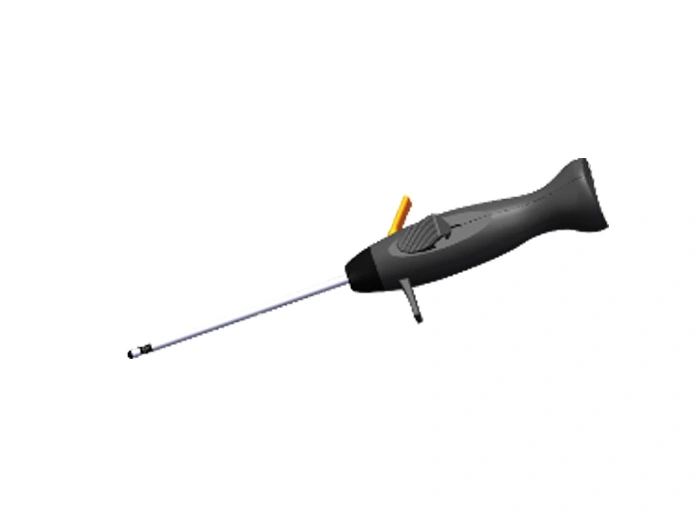the core of our corporate values
Introduction to Peripheral Vascular Disease and Interventional Therapy
Peripheral vascular disease (PAD) mainly refers to peripheral vascular disease other than the coronary arteries of the heart, mainly including arteries and veins. The incidence rate has increased significantly in recent years, common such as arterial stenosis, arteriovenous thrombosis and so on.
According to statistics, there are 30 million patients with peripheral vascular disease in North America and Europe. The incidence rate of diabetic patients over 50 years old is 19.47%; the incidence rate of normal people over 75 years old is 20%.
According to statistics, the global prevalence of peripheral vascular disease is 5.6%, indicating that there are about 236 million adult patients with peripheral vascular disease worldwide. Diabetic patients frequently suffer from diabetes (diabetic foot), and the amputation rate of lower limbs after arterial blockage is 17.3%. According to statistics, 70% of amputations in the world occur on diabetics, and there are 230,000 amputee patients in the United States and Europe every year.
Peripheral vascular disease has a high morbidity rate and a certain fatality rate, and medical treatment has little effect. Surgical treatment is an invasive surgical treatment method, and the effect is limited. Peripheral vascular therapy has been widely used in China, and has the advantages of simplicity, safety, minimal trauma, fewer complications, accurate positioning, and repeatability.
Peripheral vascular intervention for peripheral arterial disease
Arterial diseases are mainly lower extremity arteriosclerotic occlusive disease, especially in middle-aged and elderly patients, especially those with hyperlipidemia, hypertension, diabetes or smoking, numbness of lower extremities, paresthesia, and intermittent claudication. Among them, intermittent claudication refers to that the patient has leg pain after walking for a period of time during walking, and has to stop and rest. After a period of rest, the pain is relieved and he can walk again. Walking distance and time are important indicators to reflect the degree of lower limb ischemia.
Peripheral vascular intervention for peripheral venous diseases
Varicose veins of the lower extremities are common in venous diseases, and many patients may have varicose veins of the lower extremities. Of course, deep vein thrombosis of the lower extremities is often seen in tumor patients, trauma patients, patients with lower extremity immobilization, and ICU patients. Such patients will have lower extremity swelling. In severe cases, pulmonary embolism or post-embolism syndrome may occur.
Peripheral vascular intervention for peripheral vascular diseases
Peripheral vascular interventional therapy refers to a technique of minimally invasive diagnosis and treatment of diseases by percutaneous puncture under the guidance of medical imaging equipment, using puncture needles, catheters, peripheral stent system and other instruments.
At present, the interventional treatment methods for peripheral vascular diseases mainly include balloon angioplasty and vascular stent implantation. The best indications for balloon angioplasty are medium-sized or large vessel confinement, isolated short-segment stenosis, followed by multiple, scattered short-segment stenosis and occlusion. Vascular stent refers to the placement of internal stents in the diseased segment on the basis of lumen balloon expansion to support the stenotic and occluded segment of the vessel, reduce elastic recoil and reshaping of the vessel, and maintain smooth blood flow in the lumen.
In addition, interventional catheter thrombectomy and indwelling catheter contact thrombolysis are feasible for arterial and venous thrombosis. Compared with surgery, the risk is small, there are few complications, the patient's tolerance is strong, and the effect is better than medical treatment.
As a leader among vascular device companies, Zylox's commitment to innovation, precision, and patient safety shines through in its Gateway PTA Balloon Catheter, IVC Filter Retrieval Kit, and PTA Dilatation Catheter. By addressing diverse aspects of vascular care, Zylox empowers healthcare professionals to provide advanced and compassionate care to their patients, marking a significant stride in the evolution of vascular interventions.










